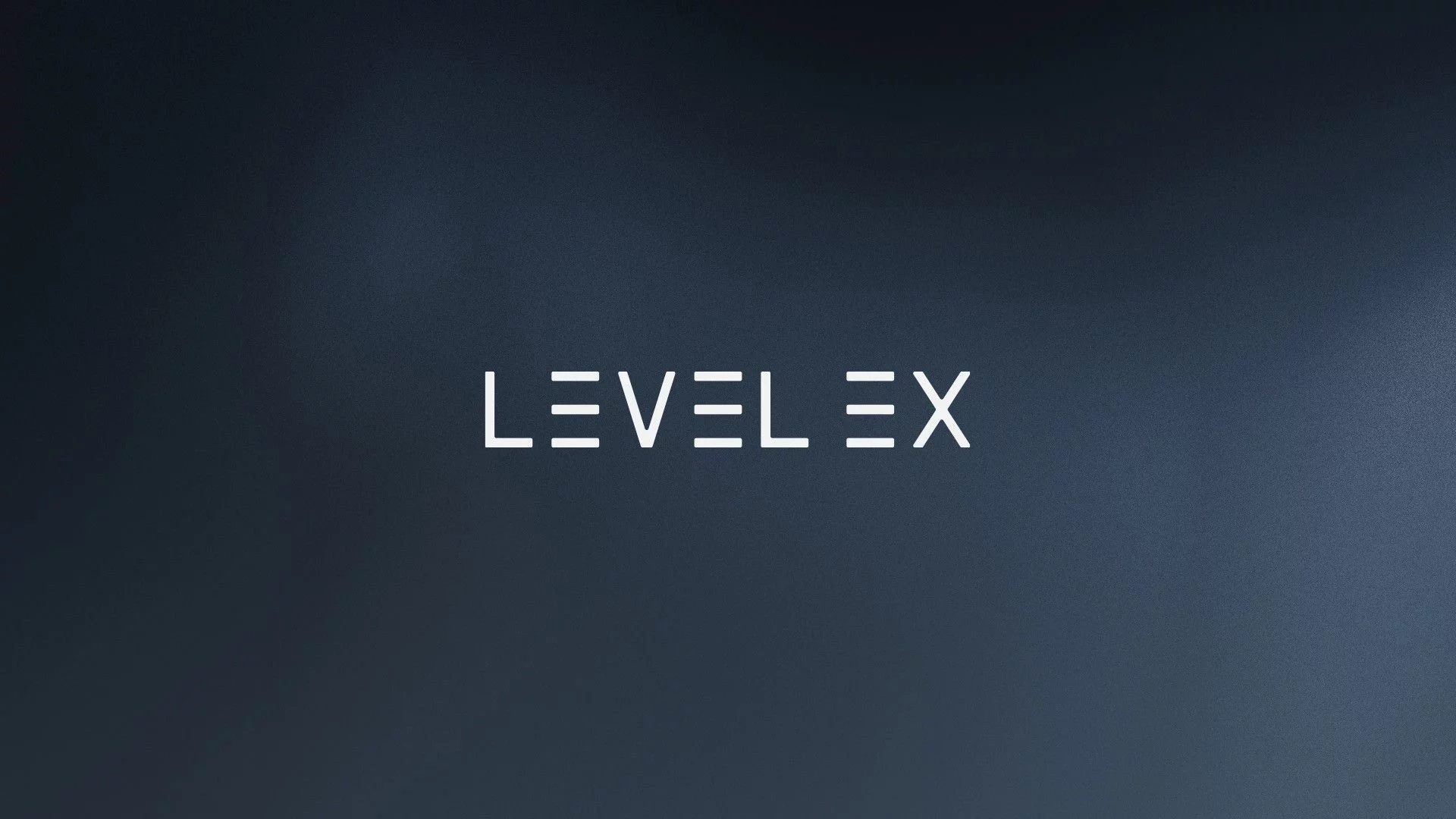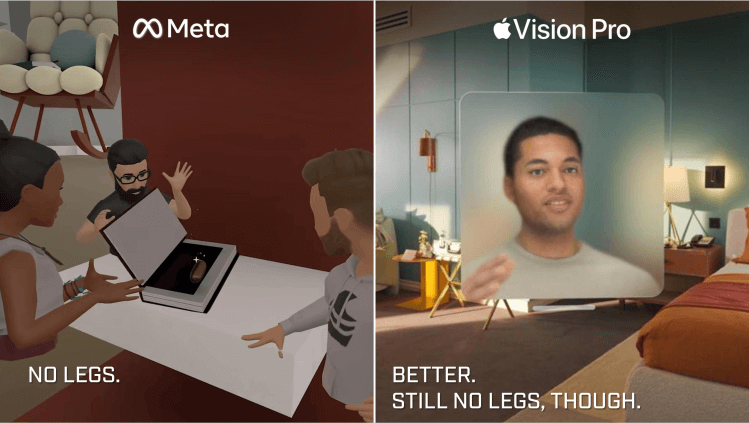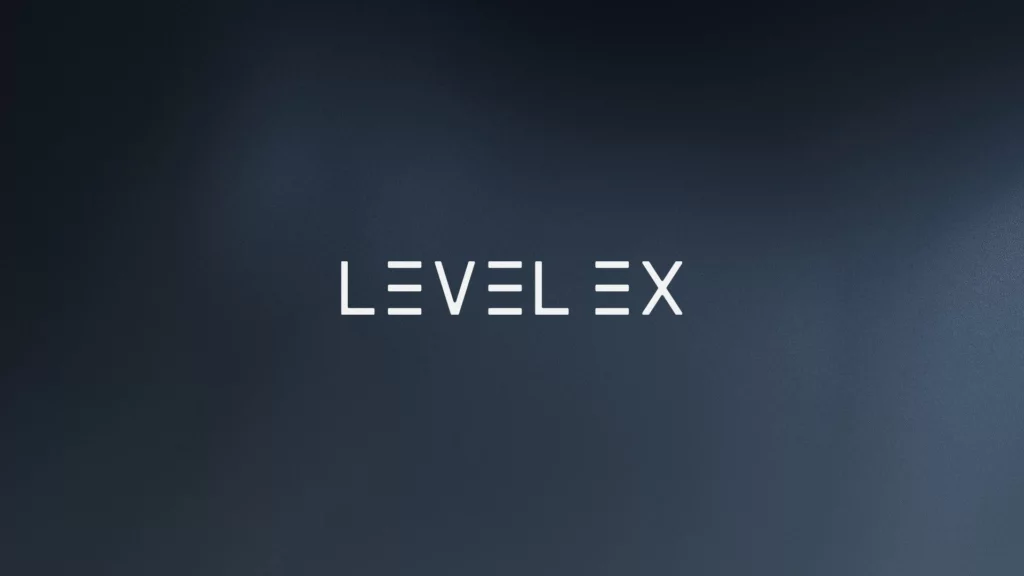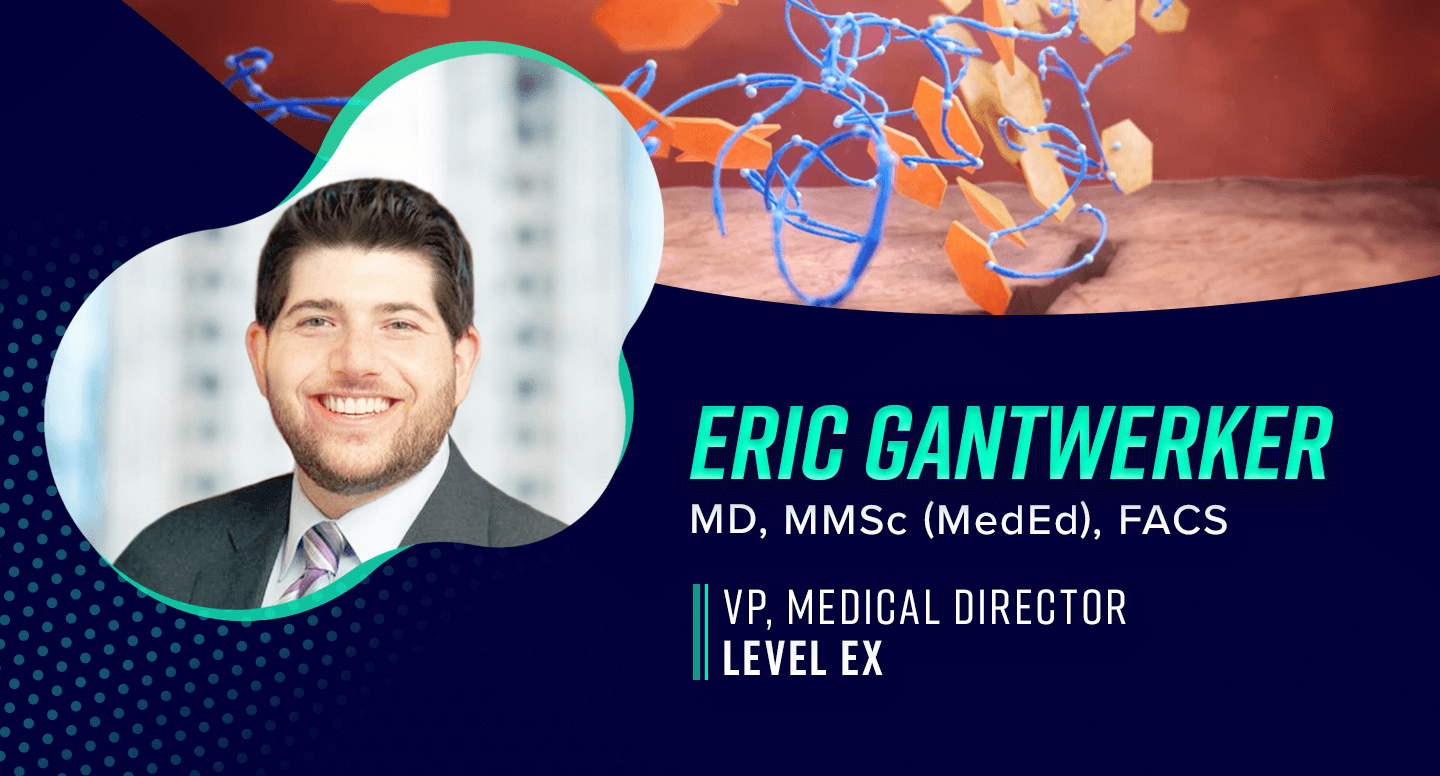
Spark Curiosity & Deepen Understanding Through Exploratory Learning
Rote memorization and factual recall are not enough to drive deep learning of mechanisms of action and drug processes, so why do we continue to use these outdated learning techniques?
For many decades, medicine has been fairly traditional when it comes to teaching topics like molecular interactions and cell biology. Since many of these concepts cannot be seen in action with the naked eye, much of the education around them has been relegated to diagrams, cartoons, and animations to convey these complex processes.
Rote memorization of proteins and docking sites on molecules or coagulation cascades are a mainstay of medical education today. But extensive literature on the subject tells us that studying declarative facts lacks the ability to create the depth of understanding needed to apply this knowledge to novel problem-solving tasks.1
Building a deep understanding with educational psychology
The entire corpus of medical information is doubling every 73 days,2 so future medical professionals will need a learning method that encourages them to not just memorize, but also apply new information as they receive it. To effectively build on their existing knowledge and add new disease entities and different drugs’ mechanisms of action, they will need to have a deeper understanding of these processes. Factual recall is simply not enough.
Harvard professor David Perkins has written extensively on different types of knowledge, stating, “knowledge is fragile when students don’t grasp meaning and cannot apply what is studied.”3 Per Perkins, “building deep understanding entails determining students’ prior knowledge, linking new learning to previous learning, creating visual representations, and helping students move beyond acquiring knowledge to applying what they’ve learned.”4
In 1956, academic educational psychologist Benjamin Bloom and colleagues created the hierarchical framework we still use today for assessing a learner’s understanding of concepts. At the base of this pyramid is knowledge, and it progresses upward through comprehension, application, analysis, synthesis, evaluation, and finally creation.5 The more skill needed to manipulate the knowledge, the deeper the apparent understanding. When trying to understand complex molecular processes, the hope is to create a deep conceptual understanding, ascending through the higher levels in Bloom’s Taxonomy. Not only will learners be able to recall these mechanisms, but they can also evaluate and predict how certain molecules like prothrombin and factor Xa would interact in the coagulation cascade, for example.
When learners can go beyond remembering to higher levels like applying, analyzing, evaluating, and even creating, that denotes a deeper understanding of these processes and ultimately can improve the transfer of that knowledge to novel situations. Memorization only gives individuals the ability to understand discrete situations and defined examples. With deep learning, medical professionals can become more dynamic, empowering them to meet patients’ needs and manage their concerns, whether they fit perfectly into a memorized model or not.
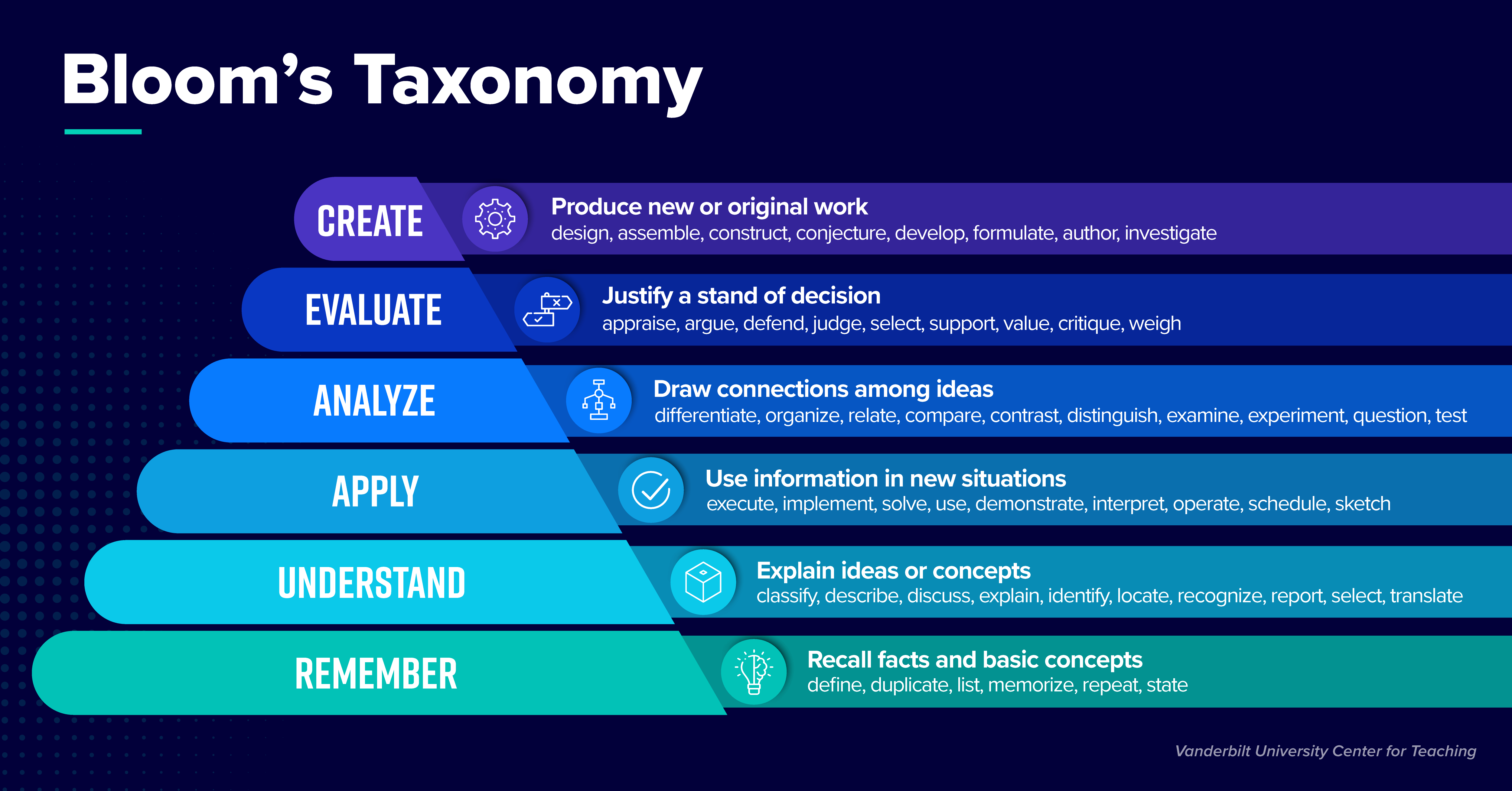
Diagram of Bloom’s Taxonomy depicts the hierarchy of learning; Attribution: Vanderbilt University Center for Teaching
The impact of exploratory learning on medical education
Education should focus on teaching things that can’t be Googled. In a world where everyone has instant access to information, we must instead teach students how to deeply understand concepts, search out the information needed, assess the validity of that information, and apply it to unfamiliar problems. Allowing learners to interact with information in meaningful ways can create that deeper understanding.
Games can be incredibly powerful learning tools because they present players with problems and train them on the skills needed to solve them. Through rapid trial and error and near-instantaneous feedback loops, players can conceptualize and learn very complex rules and strategies. This method is superior to the rote memorization of complex pathways and complex concepts because students can manipulate the processes and explore various strings of cause and effect, ultimately achieving higher levels of learning on Bloom’s Taxonomy.
Games also naturally spark curiosity and channel intrinsic motivations. After all, they’re an opt-in experience, so players are motivated to continue engaging over time. If we can create an experience where learners achieve a deeper understanding while having fun and intrinsically feeling motivated to engage, efficient and enjoyable learning can occur.
For example, if a player were to use a video game to explore how a certain drug may interact with a given disease, they wouldn’t just apply one drug and close the game. More likely, they would return to test the other solutions, seeking to understand not only what works and what doesn’t, but also why that is the case.
This can also have an immense impact on health literacy. Patients often want to know more about their conditions and treatments but have trouble conceptualizing medical jargon and complex processes. With a deep understanding of these concepts, health care professionals can teach it themselves, sharing the information with patients in a digestible way, be it through explaining the process in simple terms, providing metaphors, or even creating educational materials of their own.
People enter the medical field because they are naturally curious and intrigued by the fast pace, complexity, and interactive experience. To enhance physician training, it’s crucial to cater to these interests, providing an opportunity to engage in exploratory learning and spark the excitement that drew them to the field in the first place. As a result, games become a huge value-add to not just medical education, but also to lifelong continuing professional development around the many varied problems that future clinicians may face.
Have we sparked your curiosity? Create a game-based solution for your brand’s MOA/MOD.
